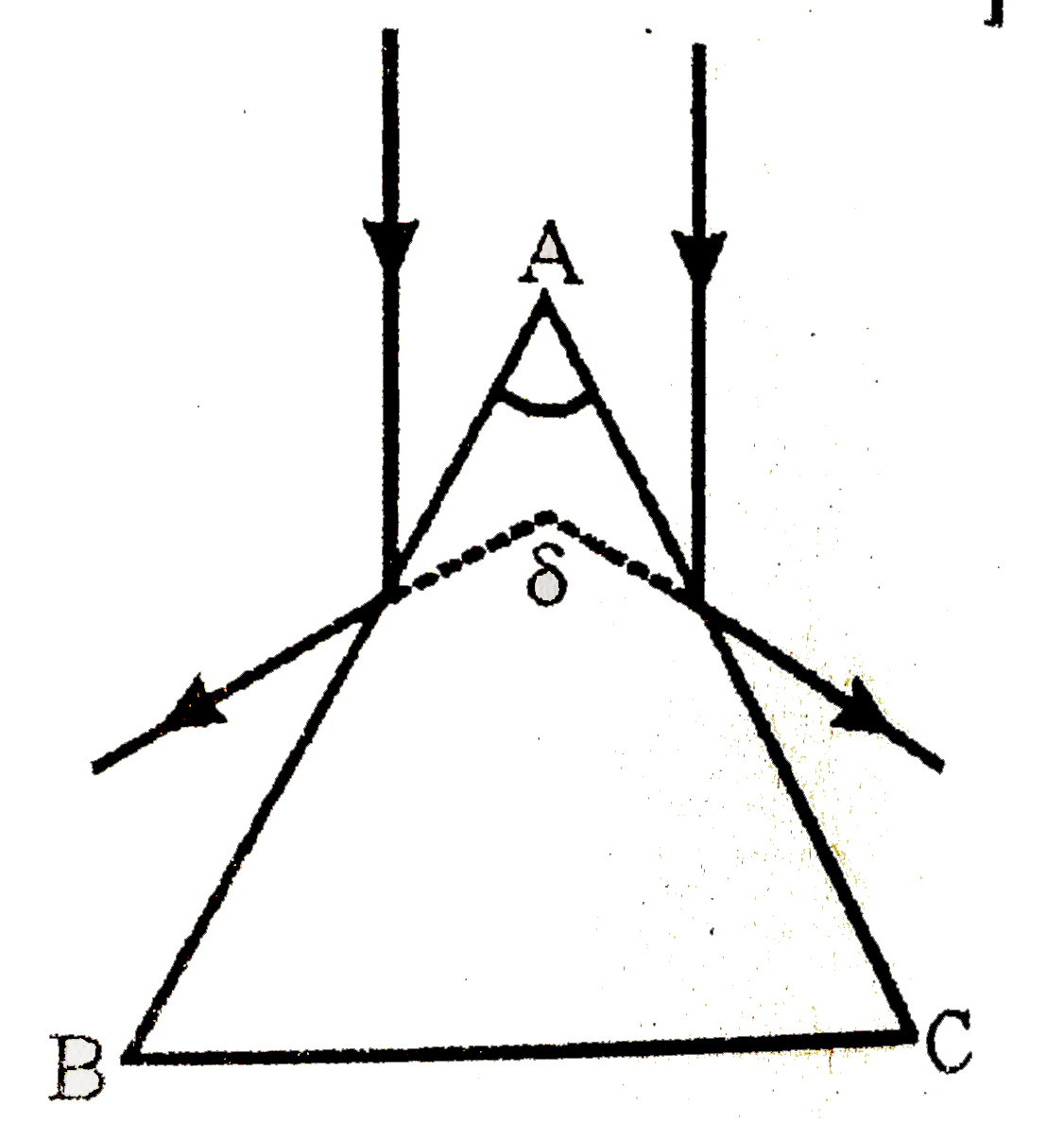

I am now going to discuss an extremely important topic in optical design which is the third-order aberration theory. That being said, everything I mentioned here-above was just the introduction to todays post. Still, it is frequent to have it mentioned in communication with clients, as a system requirement or as a selling point of an off-the-shelve product, particularly in amateur astronomy telescopes mirrors. It is rarely used, however, in my experience, as a figure of merit in the latest stage of the design where we need to make accurate predictions. It is a relatively quick way to sort out what systems have a change to work and keep only the solutions that will later make sense without having to compute the actual PSF and/or MTF. The Strehl ratio is often used as a rejection filter when optimizing the design in its early stages. For your personal information, you may hear about the Marechal criterion as well which impose a system quality such that S≥0.80 which corresponds roughly to a system with a rms of λ /10 and better. This approximation is known as the Marechal formula and is relatively accurate for moderately aberrated systems ( S>0.3). With S being called the Strehl ratio, rms is the root-mean-squares of the wavefront error map in meters and λ the wavelength of the light being used. You would be right and this is actually well known by optical designers who often use quantifiers on the WFE to characterize their system, the two most common being the peak-to-valley and the root-mean-squares (rms) figures.Īn interesting thing about the rms value is that it correlates directly to the ratio of the area under the MTF over the area under the MTF of the diffraction-limited system: This was detailed in our previous post as well, including the benefits/disadvantages of each approaches.Īt this point, you may have already some sort of gut feeling that, since the MTF is linked to the PSF and the PSF is linked to the WFE, then, maybe, you could use the wavefront error map directly to quantify your system and skip all the Fourier transforms parts. An alternative to the Rayleigh-Sommerfeld formula to get the PSF is to compute the Fourier transform of the Wavefront Error (WFE) map which represents the delay of each ray compared to a perfect spherical wave centered on the image point that would produce a diffraction limited PSF through the Fresnel-Fraunhofer approximation. These evaluations are however computationally-demanding because they require evaluating the PSF through the Rayleigh-Sommerfeld formula, which is O(N 4), and we have then to compute the Fourier transform to get the MTF. More specifically, we described the Modulation Transfer Function (MTF) and explained how it helps characterizing a systems performances. In a previous post we saw how the imaging quality of a system could be quantified through an accurate representation of diffraction. Published: | Categories: Tutorialsand Optics.


 0 kommentar(er)
0 kommentar(er)
